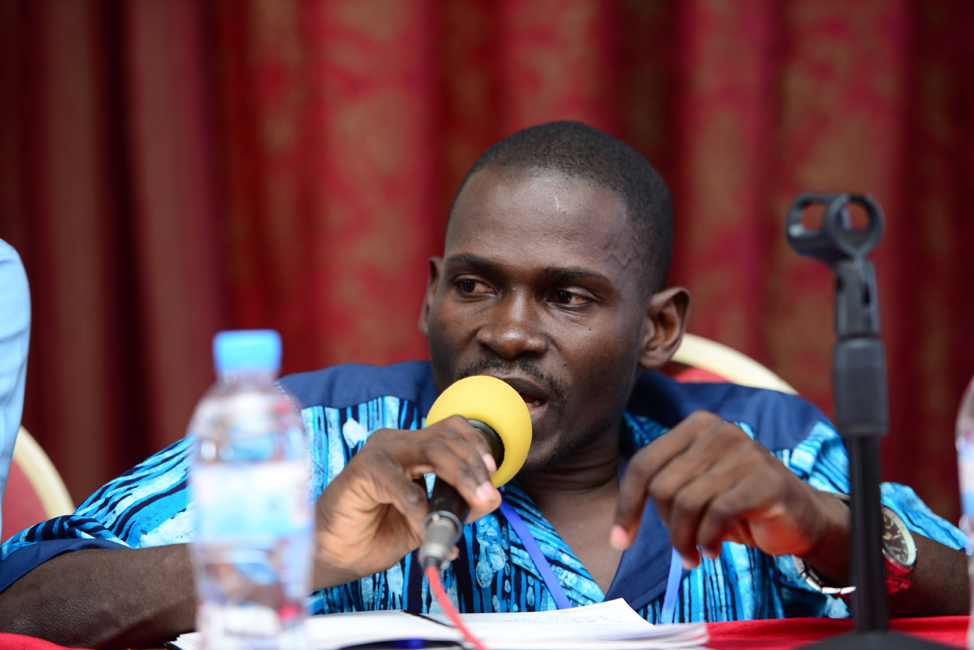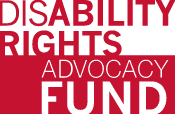Persons with physical disabilities struggle to navigate the environment in Uganda, due to a variety of physical barriers to walkways, roads and buildings.
These barriers make it difficult to reach public services, and make accessing basic rights such as education and healthcare unnecessarily difficult. According to Apollo Mukasa , the Executive Director of Uganda National Action on Physical Disability (UNAPD):
Major hindrances to the independent living and exercise of the rights of persons with disabilities to live with dignity come from their inability to access buildings, especially at locations where services and opportunities are found.
To have equal access to education, health services, or work, a person with a physical disability must be able to:
- Exit their home
- Access a sidewalk
- Enter transportation
- Get out of transportation onto a sidewalk near. their workplace, health clinic or school
- Reach the entrance of the building
- Maneuver within the building
- Reach their workstation, doctor’s office or classroom
- Have reasonable physical accommodations in the building
- Have access to an accessible toilet.
UNAPD, an umbrella organization of persons with physical disabilities, focuses on advocacy and lobbying for barrier-free environments in Uganda. They have 40 member district associations and almost 4,500 individual members.
UNAPD has been supported by the Disability Rights Advocacy Fund (DRAF) and the Disability Rights Fund (DRF) since 2012. In less than six years and with consistent funding, UNAPD has gained global recognition for their achievements at the local and national levels.
In 2014, the United Nations recognized Uganda and UNAPD for the Accessibility Standards as among the most innovative policies on accessibility in the world. In February 2018, UNAPD was also recognized by the Zero Project, for their Innovative Policy 2014 on Accessibility
One of UNAPD’s major victories came in 2013 when, they successfully lobbied the Parliament of Uganda to incorporate Accessibility Standards they had developed into a new Building Control Act. Now, the construction industry must, by law, adhere to these Accessibility Standards in constructing all new structures.
To help ensure that construction companies follow the new national law, UNAPD is also lobbying local governments to pass by-laws or local ordinances that are in line with the national standards. With the grassroots organization, Mukono District Action on Physical Disability, they have engaged the Mukono City Council to pass a local ordinance that mandates compliance with the Accessibility Standards.
Seven schools in Mukono have been built to these standards, which means that children with disabilities can go to schools with accessible toilets. The local ordinance of Mukono District Council was recognized by the Zero Project as among the most innovative policies in the world on accessibility. Worldwide, the Zero Project finds and shares models that improve the daily lives and legal rights of all persons with disabilities.

In a two-year National Coalition grant supported by DRAF, UNAPD has forged a strong alliance with the Architecture Department at Makerere University — Uganda’s largest institution of higher learning. Apollo explained:
The Architecture Department has revised their training curriculum for architects to have inclusive design modules and the first cohort of students using this curriculum are now in their second year. It’s hoped that these students will graduate with in-depth knowledge and skills of drawing plans which are inclusive and that this will lead to construction of buildings which are disability sensitive. This intervention has also changed the attitudes of several lecturers towards inclusive design.

Apollo reports running into resistance from government agencies and architects who argue that it would be inordinately expensive or difficult to design and build accessible buildings. One of UNAPD’s major obstacles is continuing stigma and concerns about feasibility. They are addressing this through awareness campaigns and cost analyses.
While some stakeholders’ attitudes are slowly beginning to change, the outlook of persons with disabilities is shifting much more dramatically. As Apollo says,
Persons with disabilities are now aware of their accessibility rights, as enshrined in CRPD Article 9 (Accessibility). They make demands and question the owners of buildings, policy makers, and even construction companies regarding the lack of accessibility indicators in their buildings, road networks or drawing plans. The disability movements’ knowledge and capacity to demand accountability from service providers and the government have increased, which has led to more buildings, roads and other built environments with accessibility indicators both in rural and urban areas.
Interview and story by Sofia Jamall


